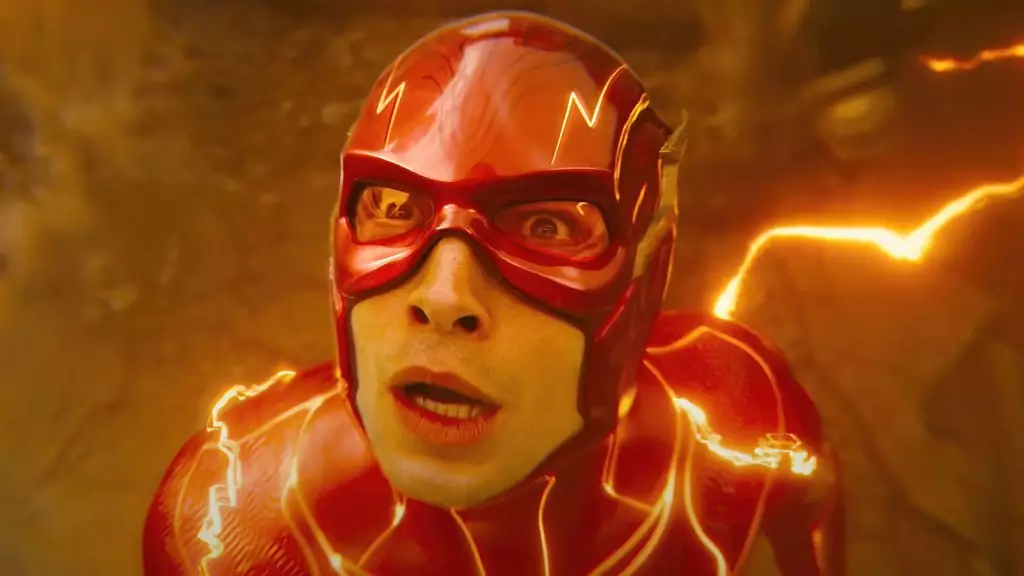The world of superhero cinema is a complex landscape, rife with expectations, challenges, and unpredictable outcomes. Andy Muschietti, the director behind the much-anticipated film “The Flash,” has recently shed light on the factors contributing to its disappointing box office performance. In a revealing interview, Muschietti laid bare the realities of film production, acknowledging that the movie did not resonate across all demographic quadrants. The director emphasized the need for a blockbuster to draw viewers of all ages and backgrounds, stating that a film with a budget as substantial as $200 million must have universal appeal.
Muschietti’s assertion reflects an industry understanding that modern superhero films, aiming for mass appeal, should engage anyone from young children to older generations, including their grandparents. Unfortunately, “The Flash” seemingly fell short in this regard, which raises critical questions about character selection and audience engagement strategies.
The Demographic Divide
A significant insight from Muschietti’s analysis is the film’s demographic breakdown, which revealed a stark imbalance in audience interest. According to Comscore PostTrak exit polling, a considerable percentage of the audience consisted of men, particularly those over 25 years old, while women made up a surprisingly lower portion. This uneven distribution highlights a critical flaw in engaging a wider audience base, underscoring the importance of character-driven storytelling that resonates across gender lines.
Moreover, the director pointed out that the character of The Flash may not hold the universal charm that other heroes like Superman or Wonder Woman possess. While some may argue that superhero films should cater primarily to comic book fans, the reality is that broad commercial success relies on appealing to a wider audience. Consequently, creators should consider character depth and relatability to attract a diverse viewer demographic.
Another pivotal aspect Muschietti discussed is the impact of external variables on a film’s success. The controversy surrounding Ezra Miller’s legal troubles and mental health issues introduced unpredictable elements that hindered promotional efforts. Muschietti noted that while he had a positive experience working with Miller, the off-screen upheaval undoubtedly affected public perception and interest in “The Flash.” Such external crises can overshadow a film’s core narrative and creative merit, serving as a critical reminder of the intertwined relationship between a film’s success and its cast’s public image.
Despite these hurdles, Muschietti remains optimistic about his future projects, including his role in building a new DC Universe alongside filmmakers like James Gunn and Peter Safran. His upcoming film, “The Brave and the Bold,” which introduces Batman and his son, Damien Wayne, presents an exciting opportunity to delve into complex character dynamics that may resonate more deeply with audiences.
Ultimately, “The Flash” serves as a case study—a reminder that effective storytelling, demographic engagement, and the ability to navigate external challenges are crucial factors in the intricate dance of filmmaking. As new projects emerge, filmmakers must take heed of these lessons to avoid the pitfalls that can lead to commercially and critically disappointing outcomes.


Leave a Reply